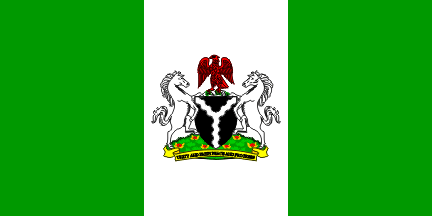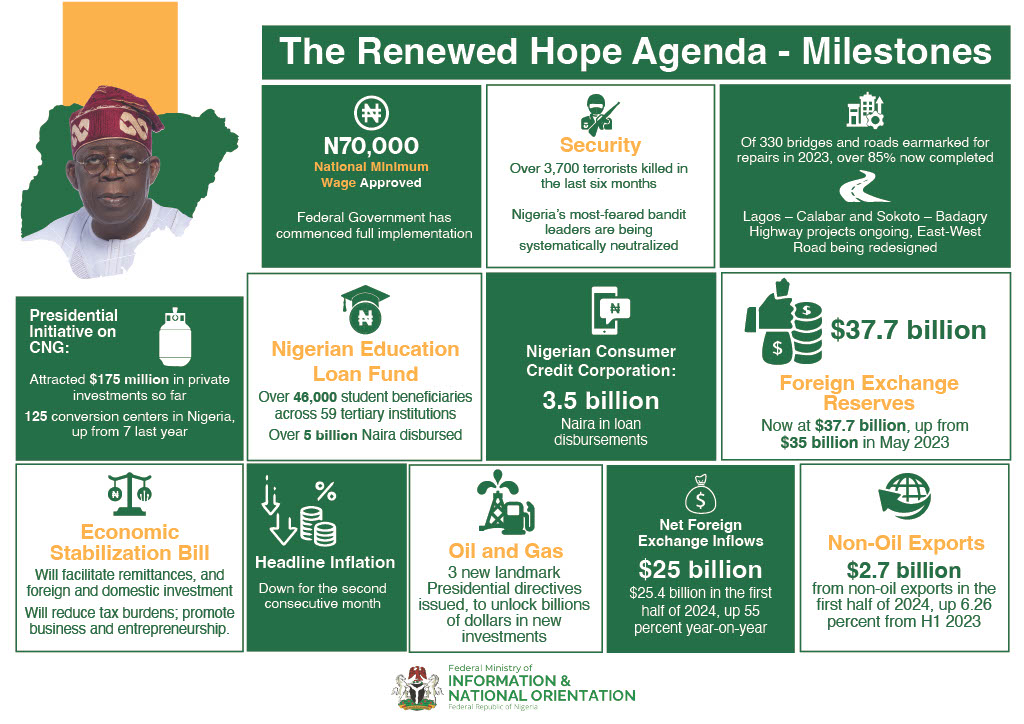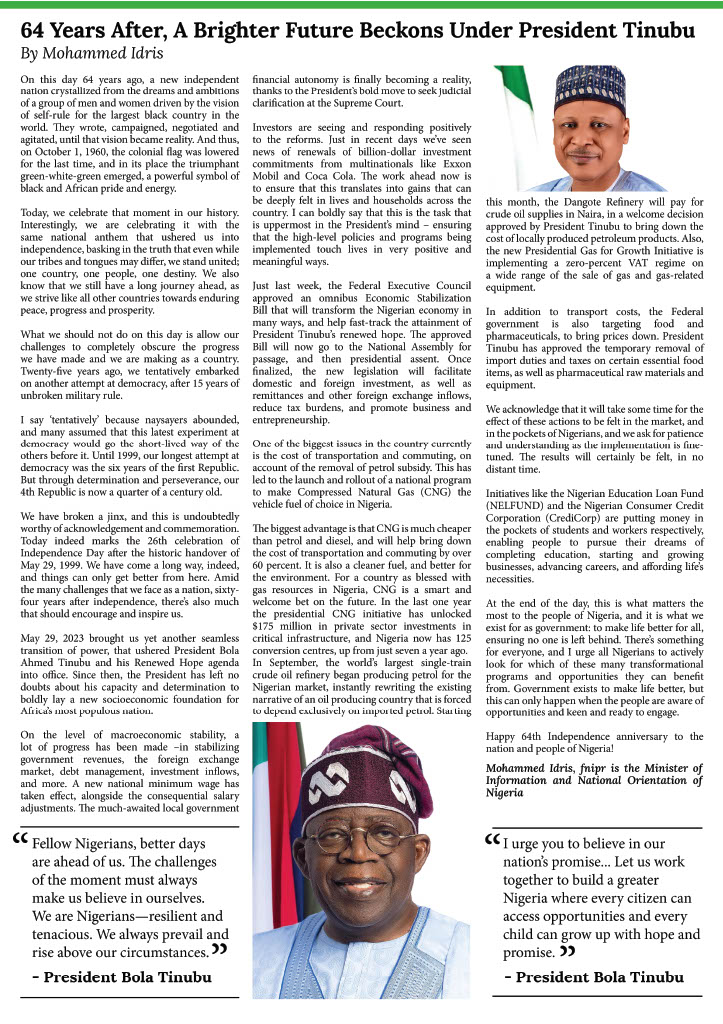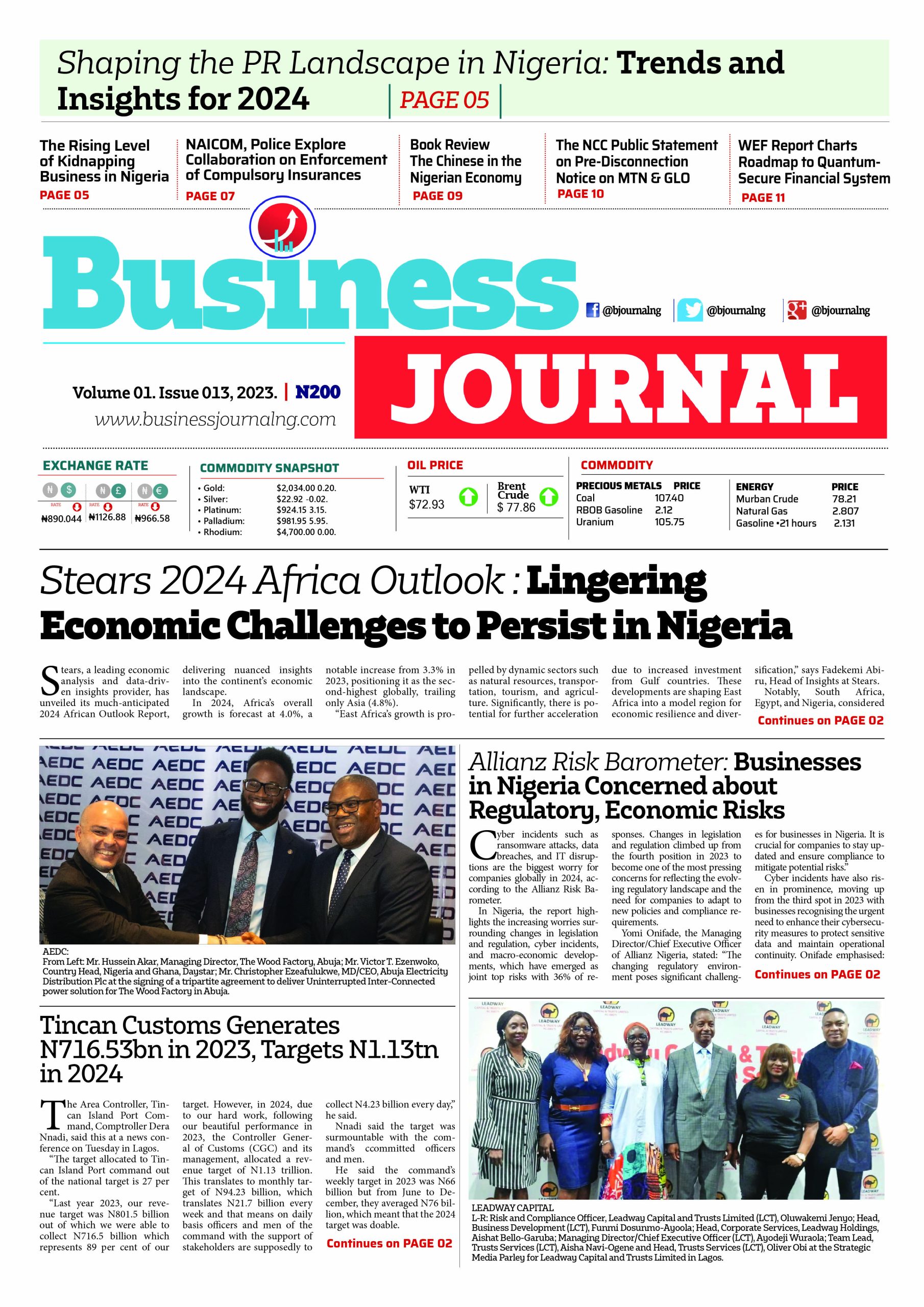The 2015 African Retail Development Index released recently revealed that Nigeria dropped from Number 2 position in Africa to Number 4, though it remains a market to consider on the continent.
Indeed, the report reveals the most attractive retail markets on the continent and discusses the growth of the middle-class in Africa, increased consumerism, the spread of malls, land being taken up for development for retail purposes and Sub-Sahara’s young and connected middle class that is growing fast and still deciding on its favourite brands.
The report reveals:
•The African Retail Landscape– what the retail market in SSA looks like today
•ARDI 2015 ranking incl. South Africa’s ranking and the opportunities for its retailers in the rest of SSA
•Right Approaches to Africa– which countries provide the best opportunities and how does this link to retail maturity stages?
Sub-Saharan African countries are brimming with retail potential, being one of the few markets with annual GDP growth of more than 5%.
AT Kearney’s 2015 African Retail Development Index (ARDI) reconfirms the potential of many nations throughout Africa—not just oft-discussed
markets like Nigeria and Ghana, but also small, dynamic markets such as Gabon, the ARDI’s top-ranked market and home to Sub-Saharan Africa’s highest GDP per capita, and also mid-sized and fast-growing countries such as third-ranked Angola. The report begins with a look at entry strategies for Sub-Saharan Africa, followed by an in-depth analysis of the top 14 countries.
The authors also shared their views of the report & insights on:
•The outlook for the retail sector for 2015/2016
• South Africa’s retail sector vs other emerging markets such as India, Brazil, etc
The 2015 ARDI ranks the top 15 Africa countries according to market attractiveness for retail expansion. The ARDI is a useful framework for retailers because it not only identifies the markets in Africa most attractive for retail expansion today, but those that offer the most potential.
The Index identifies three distinct differences in stages of retail advancement in the Top 15 countries—basic, developing, and mature—with only Southern Africa falling into the mature bracket. They are characterized by having a formal shopping culture, international and growing private label exposure, innovation, and stable and transparent pricing. In this market, the key purchase drivers are convenience and quality.
Mirko Warschun, AT Kearney Partner and Leader of the firm’s Consumer Industries and Retail Practice for Europe, Middle East, and Africa,
noted that Nigeria (#4) moved down the index, despite its market size and room for growth.
“Nigeria has massive room for growth in formal retail with 25 new shopping centres in development,” said Warschun. “True spending, however,
remains comparatively low as the ‘true middle class’ is a lot smaller relative to the smaller countries ranked higher.”
With its tremendous potential and strong economic projections, however, Nigeria is still a market to consider. While Tanzania (#5) has dropped a notch, it was the largest and most stable of the East African Community countries and remained an attractive retail market said Warschun.
“Tanzania is in the early stages of development, and therein lies the opportunity,” he said. “This unsaturated market has one of Africa’s fastest growing retail sectors, boosted by new shopping malls.”
Bart Van Dijk, AT Kearney Partner and Leader of the firm’s Consumer Industries and Retail Practice in Africa, said that it was instructive to think of Africa as a set of opportunities that can be augmented and added onto one another, rather than just one singular opportunity.
“How you pick among the opportunities depends on your offering,” he said. “Retailers with a basic offering should target the large cities and countries because scale will be important, while retailers with a wider assortment should target higher average income countries including the smaller ones.”
The ARDI is based on four dimensions: market size, market saturation, country risk, and time pressure, and ranks the potential and urgency of moving into each country accordingly.










